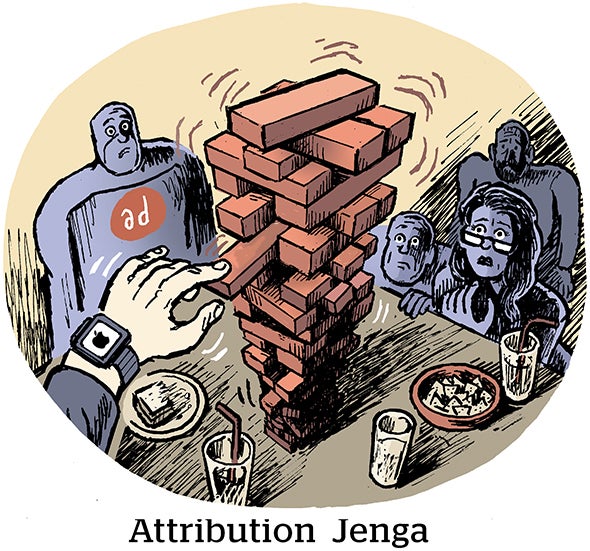The other day, I gave a talk to a gathering of letter carriers on the challenges the U.S. Postal Service is facing from electronic communications technologies and postal legislative reform.
It was an interesting experience.
There clearly were two kinds of letter carriers present: those well familiar with the workings of the Internet and those who weren’t. When you talk to the former about the likely erosion of mail volume and revenue from electronic communications alternatives, they get it. For the latter, it just sails over their heads.
I can understand how the “non-digerati” miss the point. How can you appreciate how e-mail, faxes and the Web are transforming the way America communicates when you have no personal experience with the phenomenon? The idea seems like pure nonsense.
As far as their argument goes, these cyber-cynics may be correct. However, we’re at the dawn of what technoids call “Internet appliances” – devices that make no technological demands on the user at all. He or she doesn’t need to know whether their device’s operating system is Windows, Mac or Unix-based, whether the device loads its software into RAM or is burned into ROM, or any of the other stuff that only geeks have learned to love.
These products will be as easy to use as the telephone or the television. Such devices already exist for those who want to communicate by e-mail, but can’t seem to master the intricacies of a computer.
Businesses know this, and many in our industry are gearing up for the changed ways in which companies and consumers will communicate and transact commerce.
The implications for the postal service will be enormous. It’s just pathetic that those responsible for setting postal policies are so willing to turn a blind eye to a technological revolution that will reshape the makeup of our nation’s postal infrastructure.



